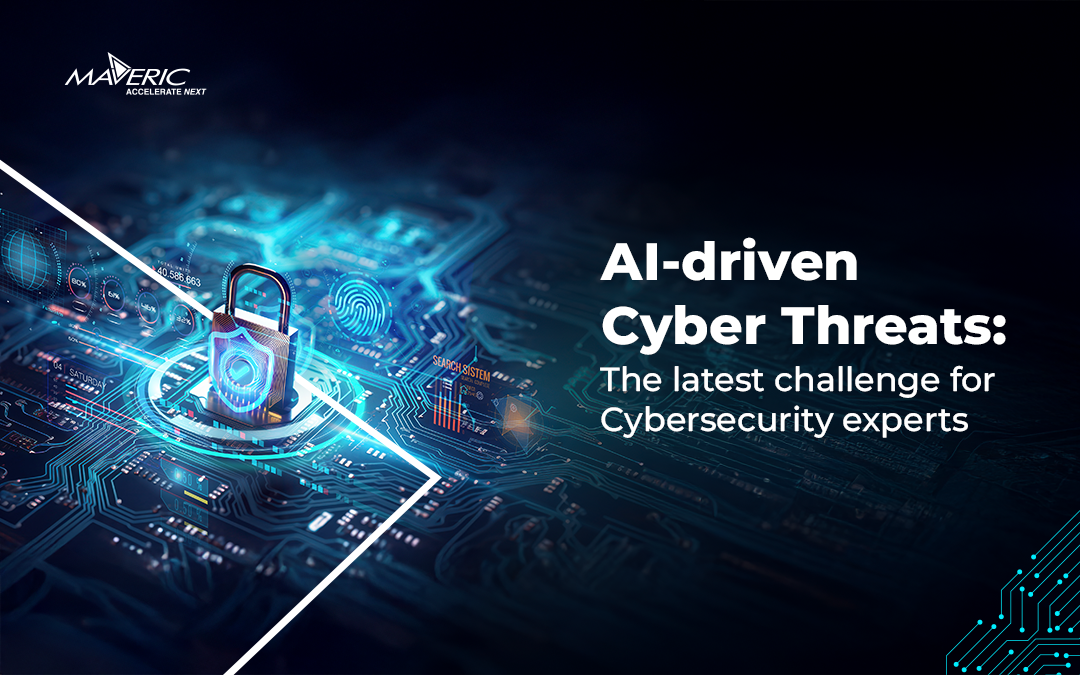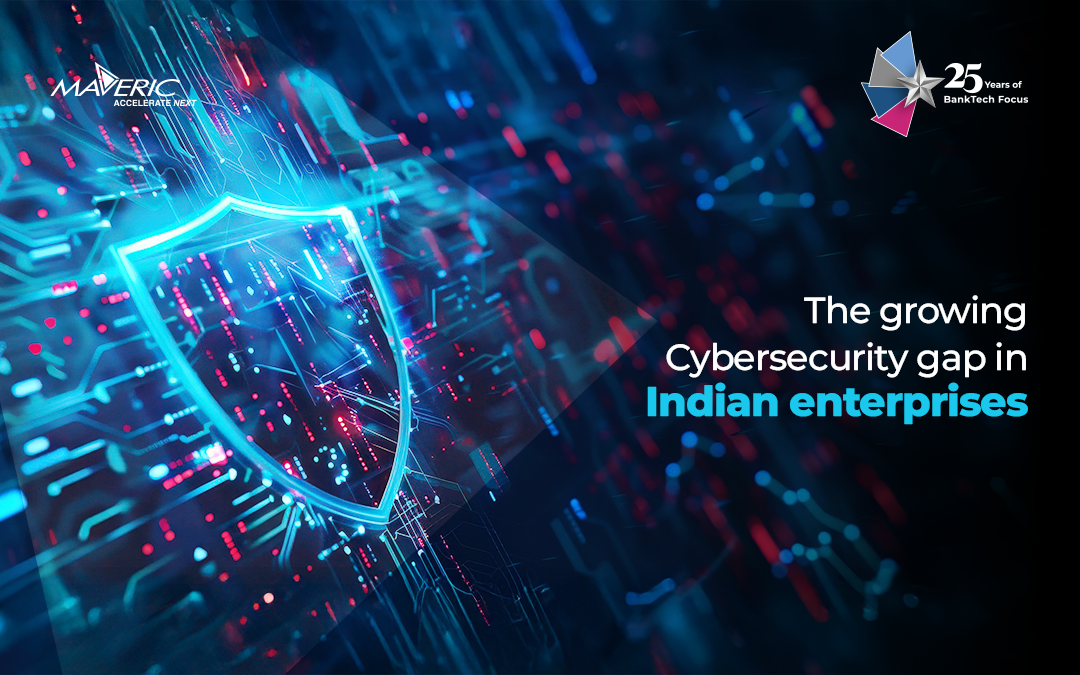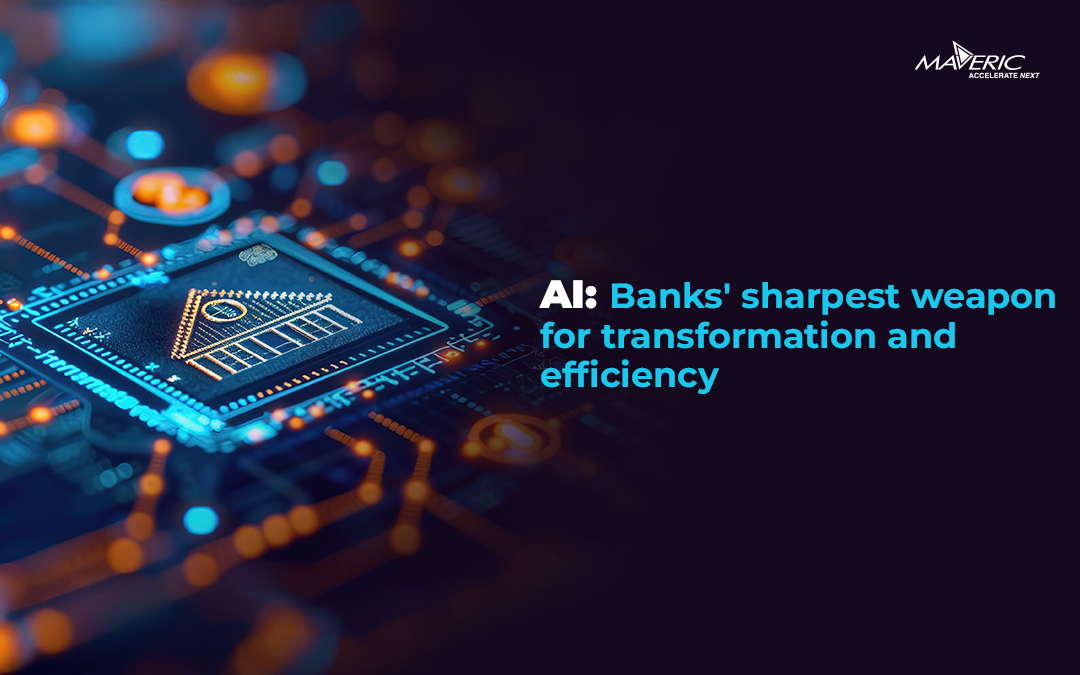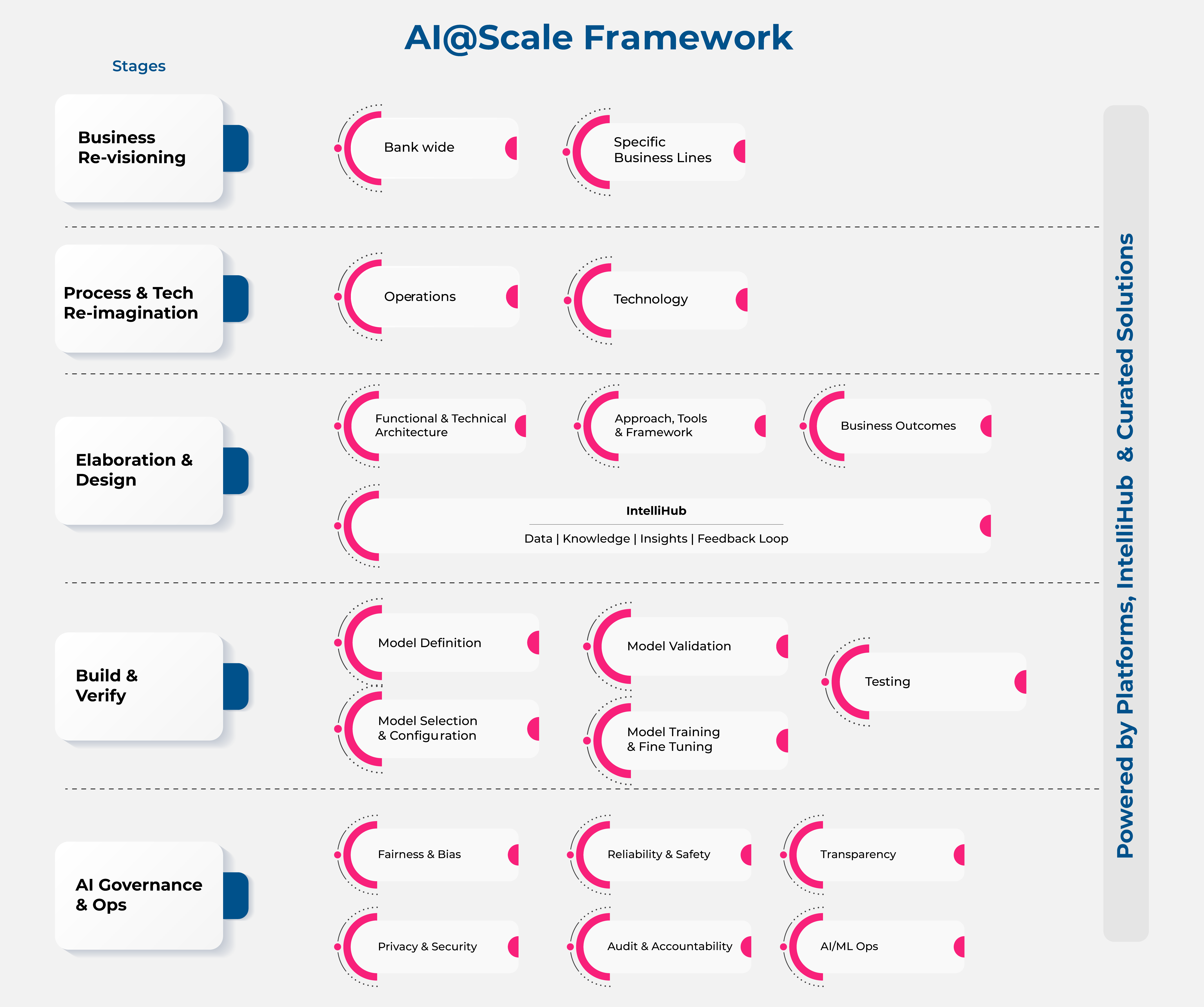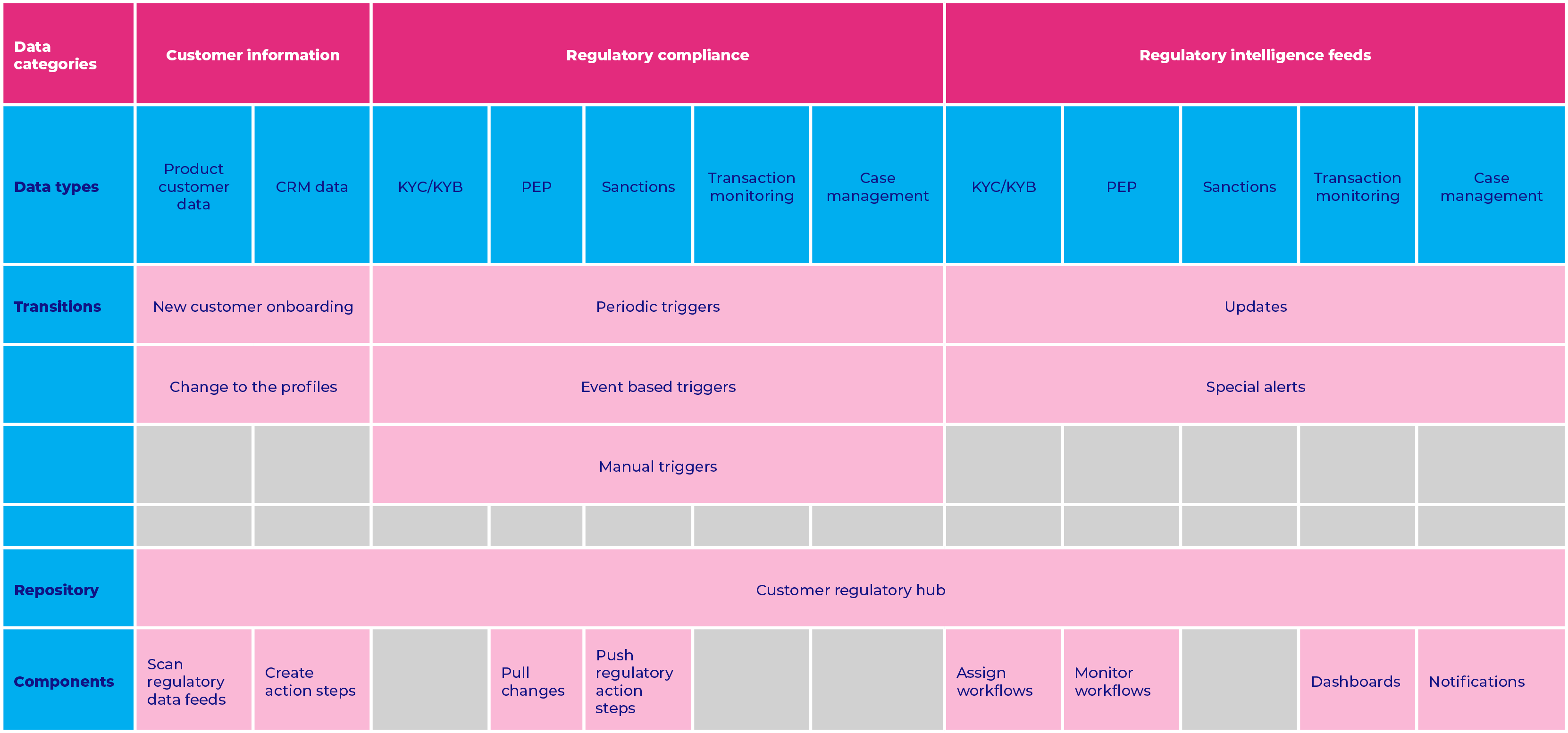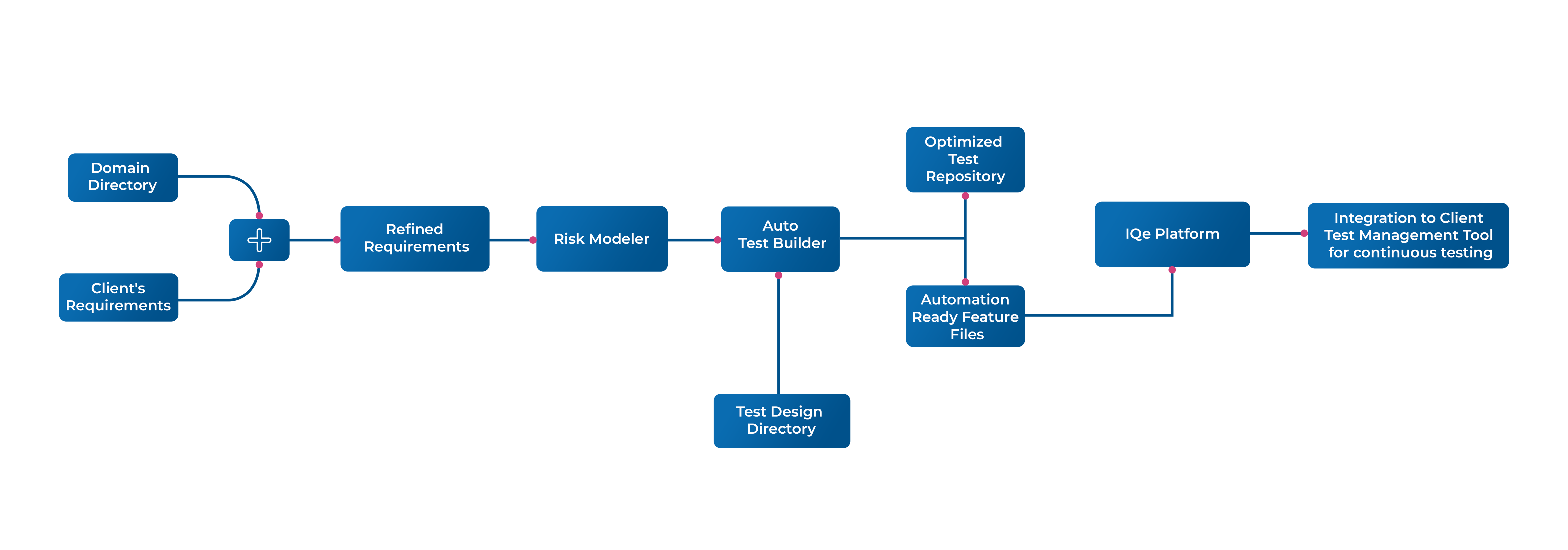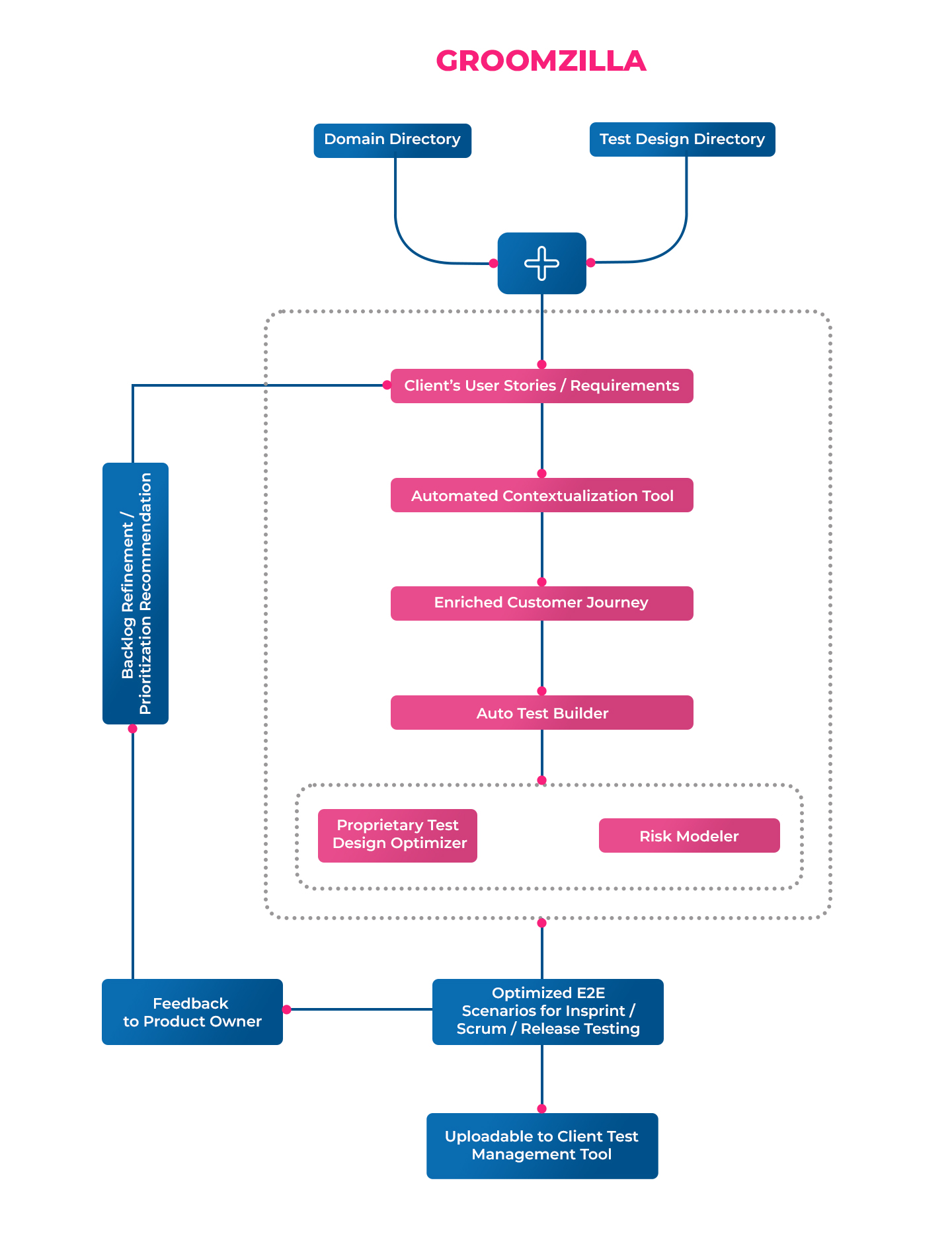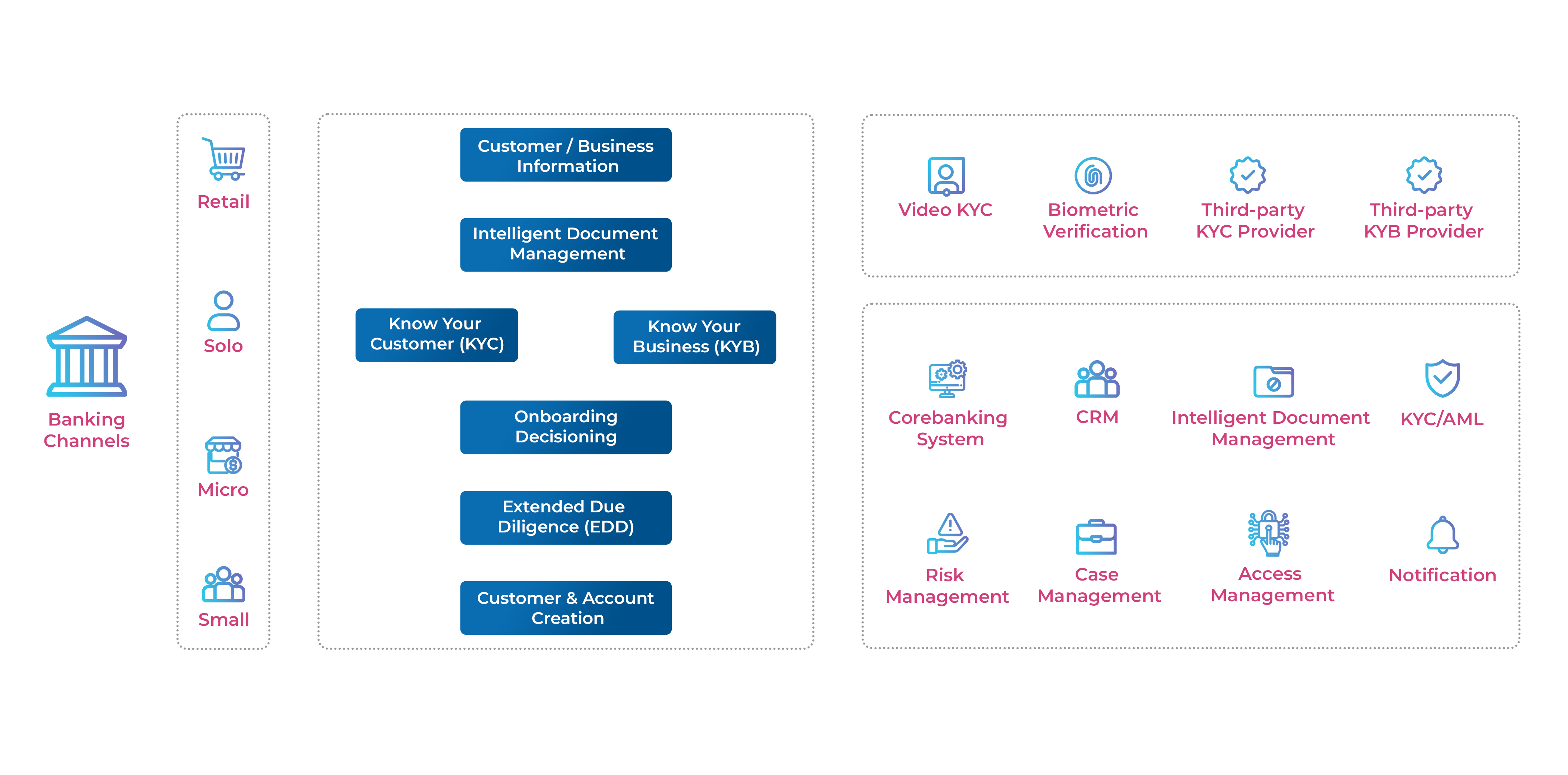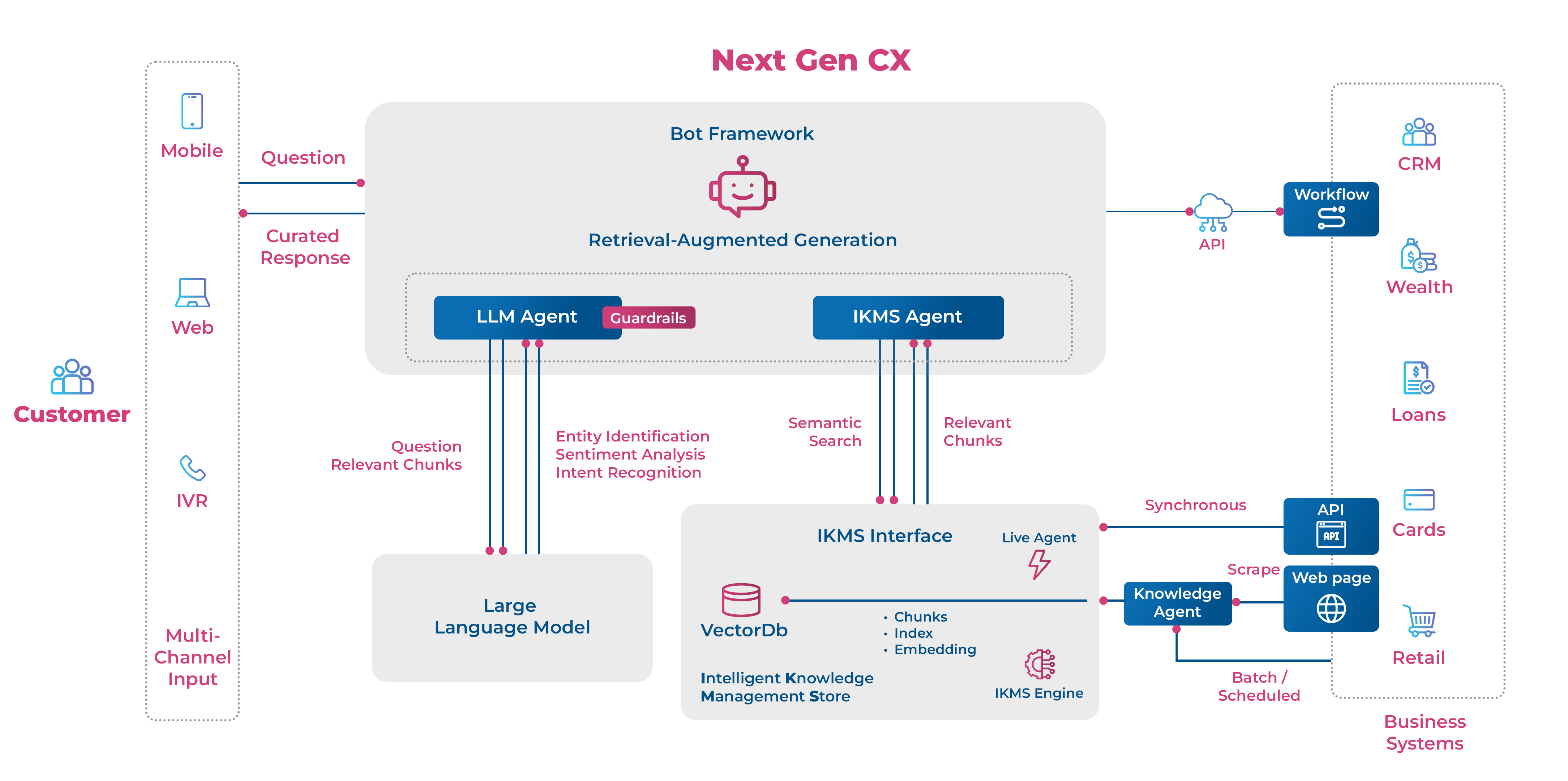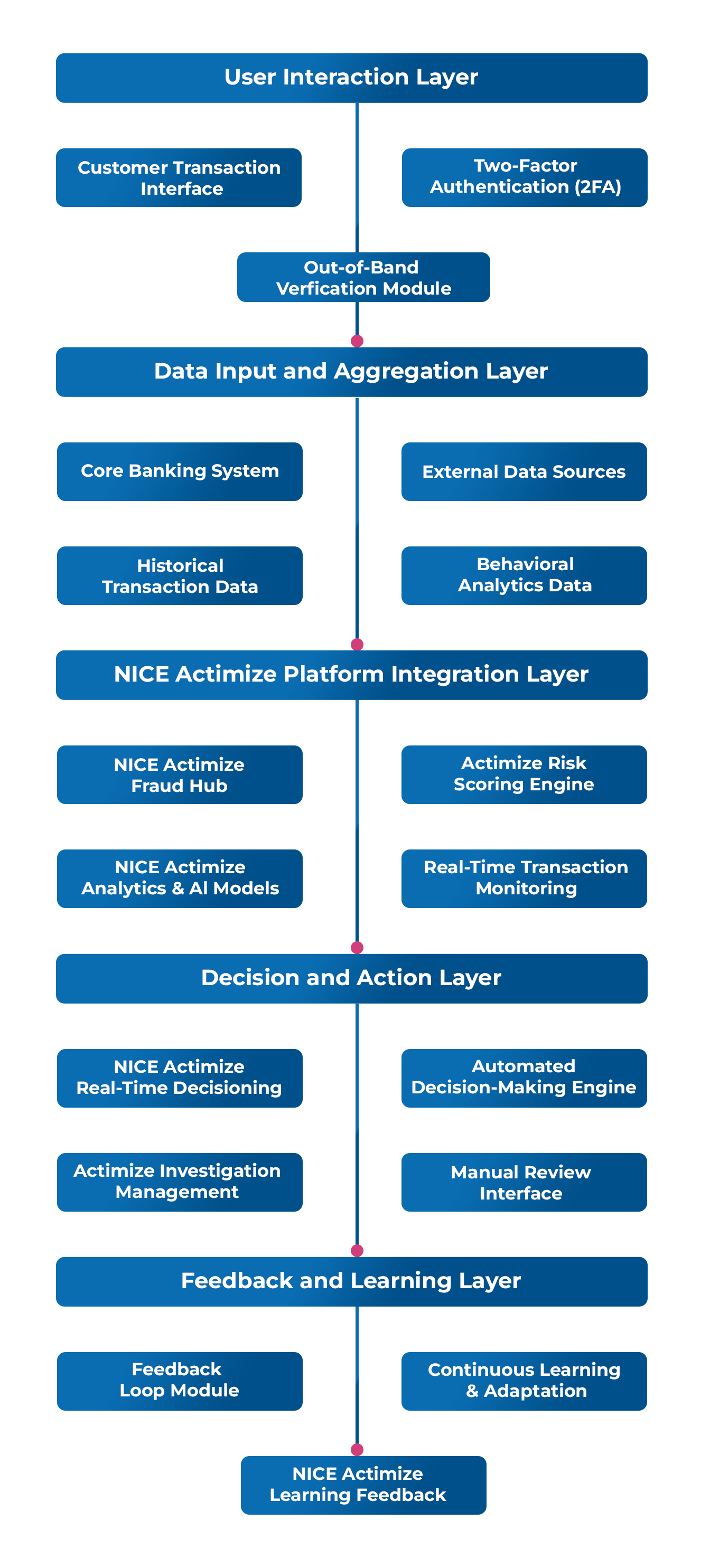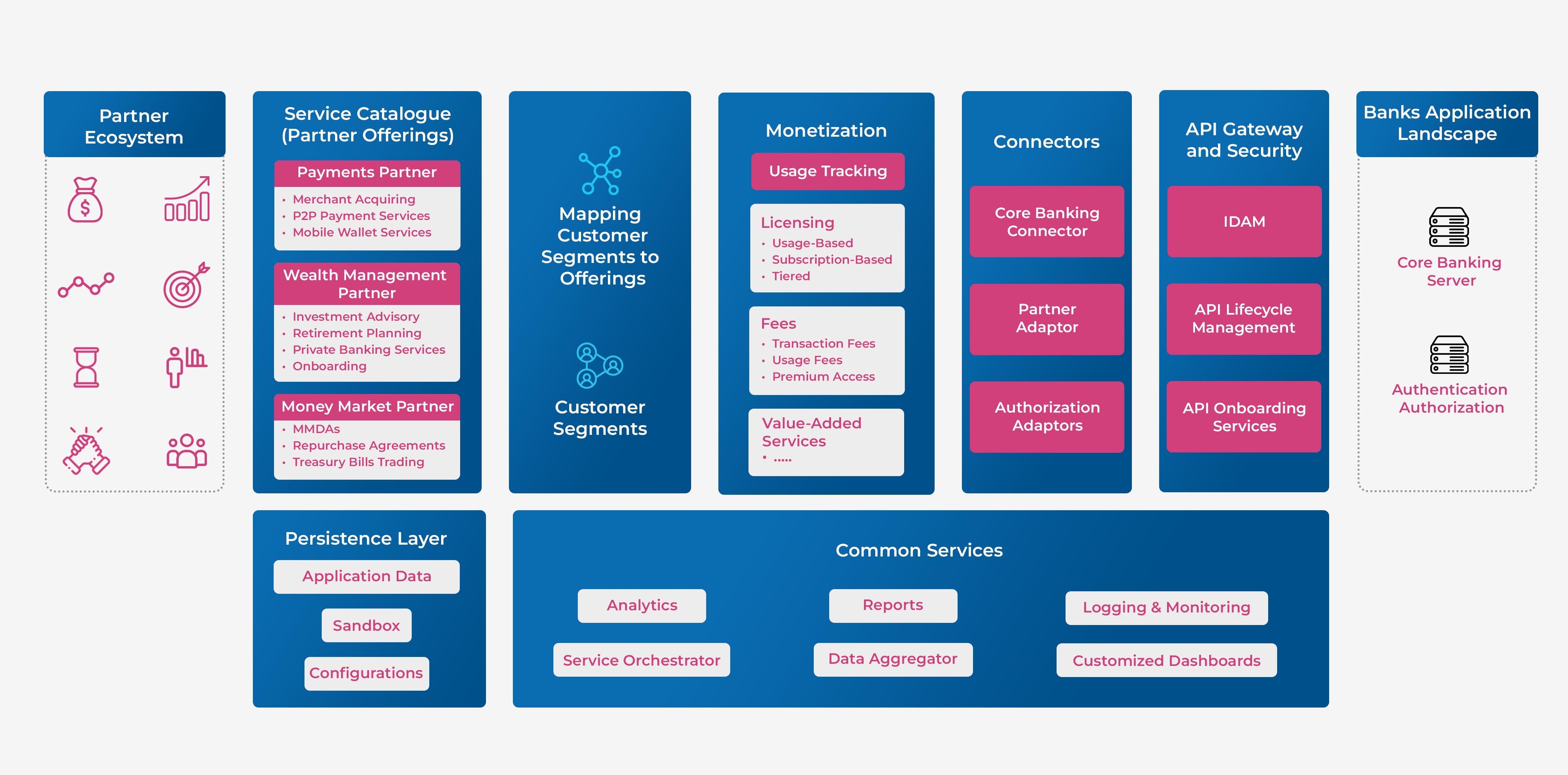As AI continues to redefine cybersecurity, enterprises must shift from reactive defence strategies to proactive security architectures.
Growing Challenge Of Securing AI Systems
Discussions around AI-powered cybersecurity threats often focus on deepfakes and fake news. However, a more pressing challenge is emerging—securing AI systems that handle vast amounts of sensitive data. As AI becomes more integral to enterprise operations, organisations must develop new security strategies to counter evolving threats in the digital landscape.
Expanding Threat Landscape
AI is reshaping cybersecurity in two key ways. Firstly, cybercriminals are leveraging AI to automate attacks, from generating undetectable malware to crafting highly convincing phishing scams. Secondly, while companies are integrating AI into their security frameworks, many struggle to deploy countermeasures effectively against adversarial AI.
Sriram Chakravarthy, CTO & Co-founder of Avaamo, highlights this challenge:
“The rapid evolution of AI-powered cyber threats demands a fundamental transformation in enterprise security architecture. While public discourse centres on deepfakes, the critical challenge lies in securing AI systems that now handle sensitive enterprise data at an unprecedented scale.”
AI Arms Race: Cybercriminals Vs. Enterprises
Hackers are weaponising AI to generate hyper-personalised phishing emails, create deepfake content for identity fraud, and manipulate security systems in real time. AI-driven malware can evolve dynamically, bypassing conventional detection tools, while autonomous AI agents are being deployed to monitor networks and identify vulnerabilities before they are patched.
According to Kavitha Kanaparthi, Founder & CEO of Soulverse, AI has become a tool for both defence and attack:
*”AI has transformed cybersecurity, not just as a tool for defence but also as a weapon for sophisticated attacks. Beyond deepfakes, AI-powered threats now include adaptive phishing, self-learning malware, and large-scale disinformation campaigns. Attackers exploit AI to automate hacking, evade detection, and manipulate digital identities, making traditional security measures obsolete.
While AI is transforming industries, it also opens the door for weaponised algorithms that put individuals, businesses, and public figures in danger. In response, cybersecurity is evolving by using AI itself to create solutions like air-gapped threat detection, self-healing networks, behavioural analytics, and decentralised identity systems. By integrating AI technologies like machine learning and natural language processing into cybersecurity, businesses can stay ahead of emerging threats and create a safer online environment. Companies and governments are racing to outpace cybercriminals, ensuring AI remains a tool for progress rather than a weapon for digital warfare.”*
The growing use of generative AI in cybersecurity is both an opportunity and a challenge, as Sunil Peter, Vice President – Global IT, Maveric Systems Limited, points out:
“Generative AI is becoming more widely used to improve threat detection and automate responses in cybersecurity. However, many organisations struggle to grasp how AI can be applied to specific business use cases and client challenges. To stay ahead of emerging threats, organisations must fully understand AI’s applications in the context of their business needs and effectively leverage them for those purposes.”
Building Secure AI Architectures
To combat these evolving threats, enterprises are adopting security frameworks specifically designed for AI-driven environments. Moving beyond traditional encryption and firewalls, companies are implementing advanced security models, including:
Trust Architectures: These incorporate real-time personally identifiable information (PII) masking, dynamic data grounding, and contextual access controls to enhance security.
Automated Compliance Controls: Particularly critical in regulated industries such as healthcare and finance, these ensure data security while maintaining operational efficiency.
Anomaly Detection Models: AI-powered security solutions use predictive analytics to identify irregular patterns and address vulnerabilities before they can be exploited.
AI-Driven Incident Response: Autonomous security agents can detect and mitigate threats in real time with minimal human intervention, significantly reducing response times.
Future-Proofing Cybersecurity In AI-Driven World
As AI continues to redefine cybersecurity, enterprises must shift from reactive defence strategies to proactive security architectures. AI-driven security solutions need to be designed with built-in safeguards that understand organisational boundaries, maintain compliance standards, and deliver secure, personalised interactions at scale.
According to Tabish Sangrar, Co-founder of The Step Up Ventures & Visiting Scholar at the Massachusetts Institute of Technology, the rise of agentic AI is a game-changer in the cybersecurity landscape:
“Agentic AI has transformed the cyber threat landscape, empowering even low-skill hackers with tools to execute sophisticated attacks. AI swarms can now autonomously deploy malicious code, reverse-engineer software, and exploit platform vulnerabilities in real time, bypassing traditional defences.
Digital trust, or the lack thereof, is another critical concern, as state-of-the-art diffusion models enable the creation of deepfakes that are indistinguishable to the untrained eye. This has led to an increase in sophisticated phishing schemes in both private and corporate settings. These developments demand a shift to AI-first cybersecurity strategies, where adaptive, intelligent defences can preempt and neutralise evolving threats, ensuring resilience in an increasingly hostile digital environment.”*
The financial and reputational impact of cyber threats is growing at an alarming rate. Shailesh Dhuri, CEO of Decimal Point Analytics, underscores the urgency of adopting AI-driven security measures:
*”AI is reshaping global interactions, from real-time diplomatic translations to AI-driven policy analysis. However, it also fuels risks like deepfakes—hyper-realistic videos, audio, and text that can deceive even experts, leading to multimillion-dollar losses.
In 2025, cybercrime is projected to cost the world USD 10.5 trillion annually, reinforcing the growing threat landscape. Last year, Accenture researchers reported a 223 per cent surge in deepfake-related tools on dark web forums, with high-quality deepfakes costing up to $20,000 per minute.
As cyber threats evolve, agentic AI is shifting the paradigm in cybersecurity, autonomously identifying, analysing, and mitigating risks in real time. For corporate leaders, the stakes are high—deepfakes can disrupt organisations, markets, and governments. The financial and reputational damage from such attacks far outweighs the cost of proactive cybersecurity. To combat this rising threat, businesses must adopt advanced AI-driven protections and push for stronger industry safeguards before deepfakes become a pervasive risk.”*
Embedding Trust Within AI Systems
The next evolution in cybersecurity will not only focus on detecting and mitigating threats but also on embedding trust within AI systems themselves. Businesses must integrate security as a core design principle, ensuring AI-powered technologies do not compromise their digital environments.
As AI-powered cyber threats grow more sophisticated, organisations must take a proactive stance in securing their AI ecosystems. The battle is no longer just about preventing attacks but about ensuring that AI itself remains a trusted and secure tool in an increasingly complex digital world.
Article originally published in BW Security World
